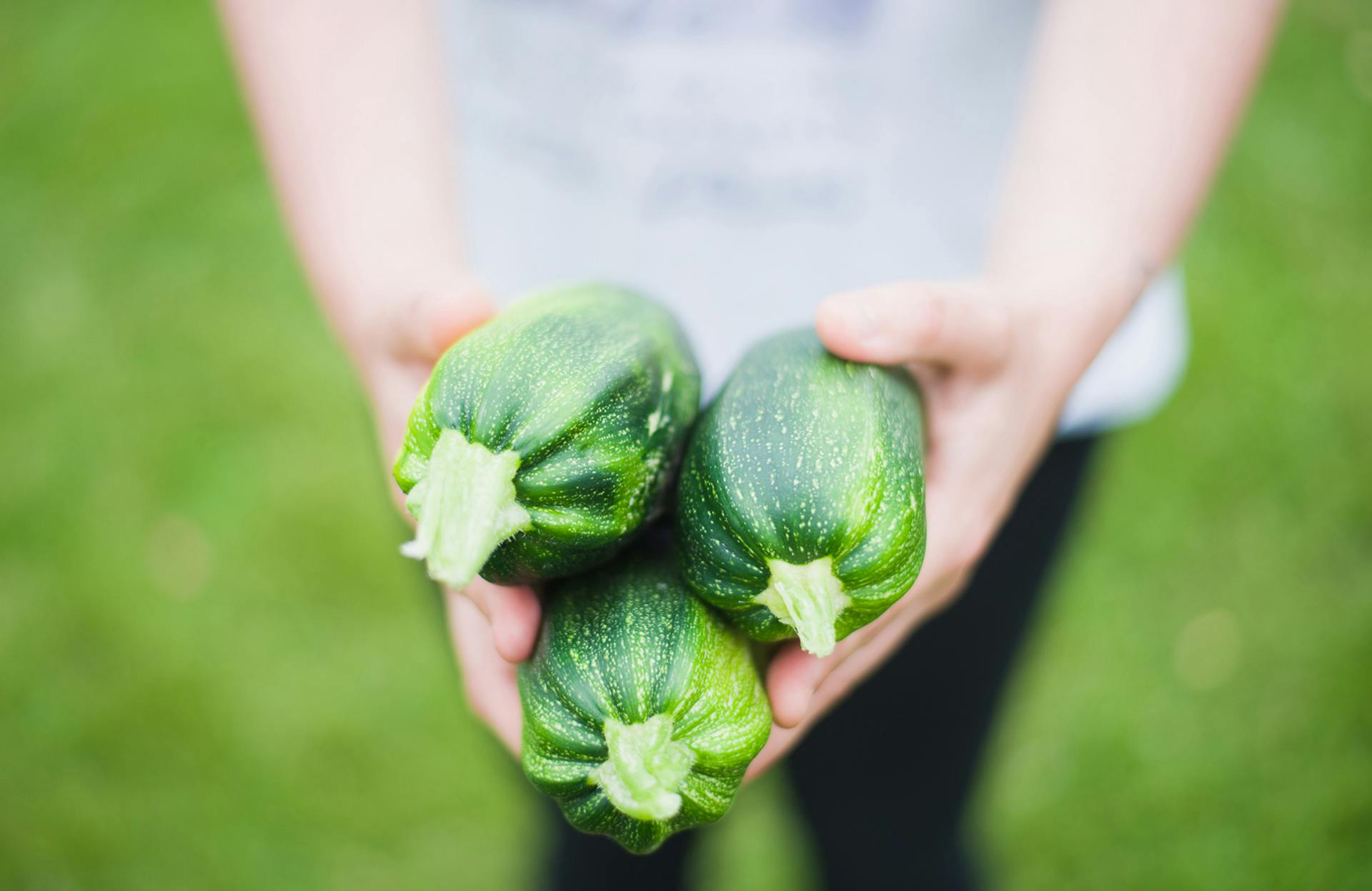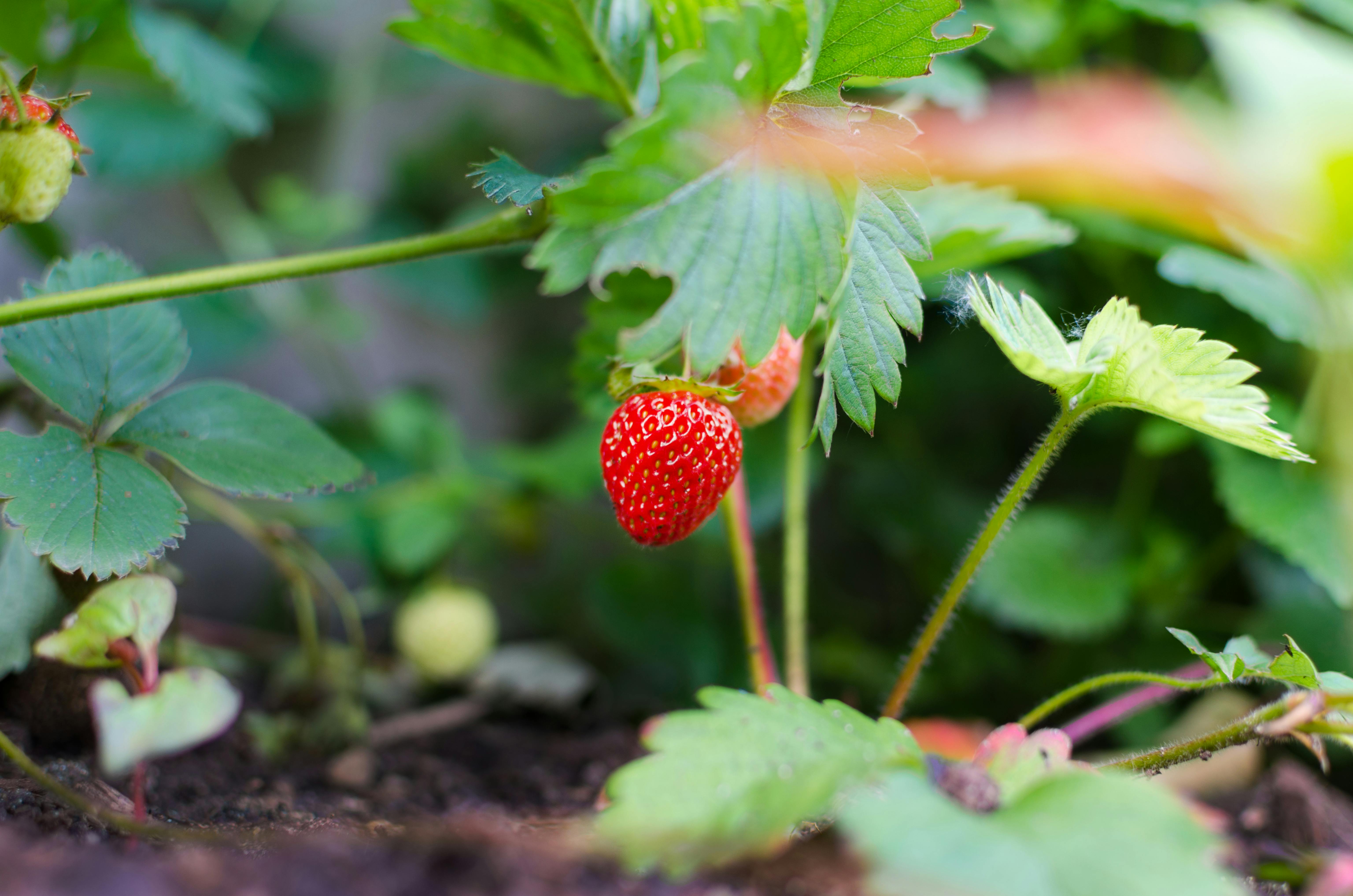
How to Make Your First Vegetable Garden This Spring
By: Plain Direct
March 15th 2024, 12:00:00 am
Growing your own vegetables is a rewarding hobby that will feed your family with healthy foods, free from pesticides found on supermarket produce. If you are just getting started with gardening, you might need some help! That’s why we’ve put together this guide to build your first vegetable garden in your backyard and join the growing community of homestead gardeners.

How To Build a Raised Garden Bed
Raised garden beds are the best way to garden at home. They drain well to help prevent erosion, and they’re less likely to be invaded by weeds. They also give you more control over the soil inside, ensuring that your plants get all of the nutrients they need - which is essential for vegetables.
Raised garden beds can be made out of almost any material you have on hand. Untreated wood is cheapest but will eventually deteriorate. Pressure-treated wood lasts much longer and modern treatments won’t leach harmful chemicals into your soil, making them safe for your garden. Whatever materials you use, they should be at least 6 inches tall, so 2x6 lumber will work great. Pick an area that receives 6-8 hours of sunlight each day and build your frame around it. Keep the width no longer than 4 feet and the length can be any length you need. This allows you to access all parts of the garden without stepping on and compacting the soil. You should also keep the inside open to the ground for deep-rooted plants.
Inside your raised garden bed, you’ll want to dig up any grass and then fill up the bed with garden soil. Garden soil is enriched with organic matter and nutrients that you might not find in your native soil but are necessary for planting. You’ll find many different types of garden soil at your local garden center. There’s soil that works better for flowers, better for vegetables, and better in raised beds. Ask someone at your garden center what’ll be best for your garden.

The Easiest Crops to Grow in Your First Garden
Easiest Vegetables to Grow
There’s nothing quite like cooking meals with fresh vegetables from your own garden. There are some vegetables that are more resilient and less picky with their soil, so we recommend that you start with some of these first. Cucumbers and bell peppers can be planted around the same time, a week or so after the last frost. Cucumbers will be ready 6 weeks after planting and peppers 8 weeks after planting.
Onions can also be a simple vegetable to grow if you start them from onion sets. Seeds take a little more skill to grow. Onion sets will grow into full onions after about 14 weeks, and there are different varieties you can plant during different seasons.
A good summer vegetable is zucchini, which you plant mid-summer and harvest about 6 weeks later. Lastly, tomatoes are another good summer vegetable but you’ll need to put them in a cage to support the vines. They can take 2 to 3 months to mature and you should plant them in early summer.
Easiest Fruit to Grow
If you’ve got more of a sweet tooth, you might want to grow fruit in your garden instead of vegetables. Strawberries are the best place to start and pretty versatile in the kitchen. You should start them indoors 6 weeks before the last frost, transfer them outside after the frost, and harvest in 3 months. Be cautious, though, as they tend to sprout out new shoots and take up more space. You can allow this to happen and have a higher quantity of smaller berries, or trim the shoots back and have a lower quantity of larger berries.
If you have a little more space for a whole bush, you can try planting blackberry or blueberry bushes. Both can be planted in the fall to lay dormant in the winter or you can transplant sprouts in the spring. Both are also perennial, meaning you’ll get berries every year without replanting seeds! You can harvest both berries in the summer.

Easiest Herbs to Grow
If you’d like to pack in some herbal flavors into your dishes, nothing beats fresh herbs grown in your garden. Mint is perhaps the easiest to plant, so easy that it invades other space in your garden. So, be diligent in controlling its spread. Rosemary is another great herb to grow but it’s a little harder to start from seeds, so we recommend starting with sprouts. Basil is the third herb we recommend you to try and a staple in Mediterranean cooking. All herbs can be planted at any time other than winter and come back every year!
Starting with a Flower Garden Instead
If you want to make a flower garden instead of a vegetable garden, you can start out the same way with a raised bed. Flowers are either perennial or annual. Perennials will come back every year but annuals only last for one, unless they drop plenty of seeds to sprout up again next year. Flowers also bloom at different times throughout the year. If you do your research, you can plant different seasonal annuals to change up the look of your garden throughout the year. But, for beginners, this can be a little too much to handle. Instead, we recommend planting hardy perennials that bloom from spring through fall.
Delosperma is our first recommendation and comes in a variety of colors. It’s known as the “Ice Plant” because of how resilient it is to frost. If you live in a warmer climate, it may even bloom year-round! Sedums are another great perennial to grow and can withstand dry climates so you don’t have to worry about watering as much. Catmint is yet another hardy perennial with a unique scent. Pollinators love catmint, so this flower will actually benefit your whole garden!
Shop for Gardening Supplies
To purchase gardening supplies, you can visit your local garden center or search for them online. Plain Direct is a website that combines both! Find local gardening enthusiasts who are looking to sell their used equipment and save some money.
Share:
Tags:
No tags yet.